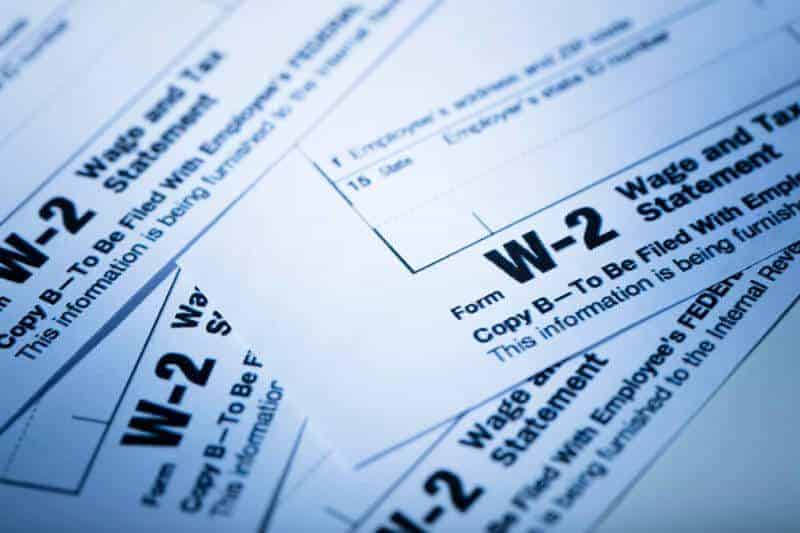As Congress grapples with tax reform, new research from Northeastern’s Daniel Kim has found that raising U.S. federal income tax rates while redistributing tax revenue to lower-income households could substantially reduce the nation’s mortality levels.
“In this era of high income inequality, policymakers should consider joint federal tax and redistributive policies as possible levers to reduce the burden of mortality in the United States,” said Kim, associate professor in the Bouvé College of Health Sciences and an expert on the social and economic determinants of population health.
His findings—which represent the first-ever analysis of the health impacts of changes in the nation’s federal tax policies—were published this week in the international journal Preventive Medicine.
Kim shed light on the link between federal tax policy and the mortality burden by performing a microsimulation analysis using a nationally-representative sample of IRS tax return data from 2008—the latest year for which information on tax filers’ states of residence is publicly available. As part of the analysis, he combined projected changes in income inequality under the tax proposals put forth by Donald Trump and Bernie Sanders during the 2016 campaign with annual death statistics and past estimates of linkages between income inequality, income, and mortality.
“The income gap between the rich and the poor in the U.S. has reached its highest levels since the Great Depression,” Kim said. “There is good evidence that a wider rich-poor gap can be harmful to a population’s health,” he added, “and tax policies that widen or narrow the rich-poor gap can hence influence the overall health of societies.”
Among his findings:
· Compared to the existing tax code, the tax plan unveiled by Trump on the 2016 campaign trail would be expected to lead to the annual deaths of nearly 30,000 more Americans each year;
· The tax proposal unveiled by Sanders on the 2016 campaign trail would be expected to save more than 30,000 lives each year;
· A modified Sanders plan with a top income tax bracket rate of 75 percent would be expected to save more than 68,000 lives each year;
· And a further modified Sanders plan with a top income tax bracket rate of 75 percent plus redistribution of tax revenue to lower-income households would be expected to save more than 333,000 lives each year.
In September, President Trump unveiled the details of his latest plan to overhaul the federal tax code. According to Kim, this new proposal is similar to the plan that he released on the campaign trail, including broad similarities in the range of income tax rates and capital gains tax rates used. His findings suggest that Trump’s new plan would have a comparable impact on the nation’s overall health.
“House and Senate Republicans are now working on tax proposals that will eventually get signed into law by President Trump by the end of this year,” Kim said. “At this critical time of tax reform, policymakers should consider the public health implications of these tax reforms.”


